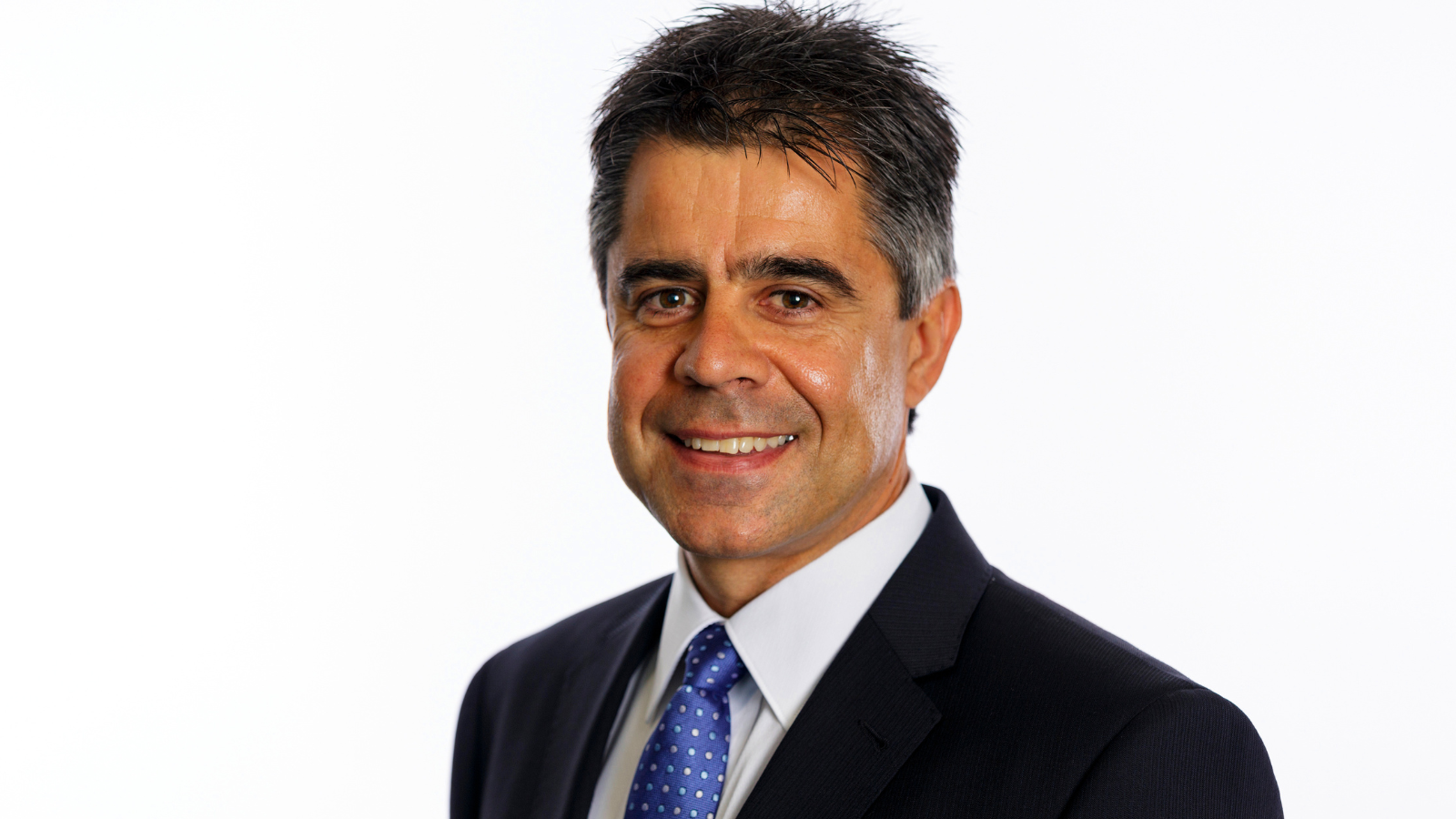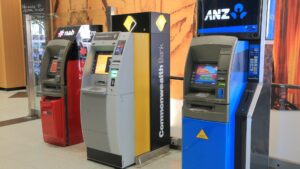ASIC pullback on $500K threshold sparks SMSF narrative change
The SMSF Association says it is looking to change the view some licensees have on the sector after the corporate regulator finally abandoned its controversial monetary threshold guidance of $500,000, with data suggesting balances as low as $200,000 have comparable performance with higher funds.
Last week ASIC issued updated guidance on SMSF advice most notable for the absence of any minimum balance guidance, with ASIC instead noting that the starting balance of a fund is just “one of a range of factors” to be considered when assessing suitability.
This was in contrast to the regulator’s infamous 2019 fact sheet on SMSFs, when it said $500,000 was a suitable starting point for a fund, based on the fact that it takes 100 hours per year and costs $13,900 per year to run a fund. The assertion was based on data from the Australian Tax Office and researcher Investment Trends.
Balances under $500,000 “have lower returns after expenses and tax”, the original guidance noted – an assertion that was widely viewed as flawed by the industry, especially as fund administration costs have reduced.
The $500,000 limit was called a “blunt stick” by respected SMSF consultant Martin Heffron, while SMSF Association chief executive John Maroney said it “sends an overall negative message”.
Setting the record straight
It’s “difficult” to say how much ASIC’s wayward guidance dissuaded people from setting up SMSFs over the last three years, says Peter Burgess, the SMSF Association’s Deputy CEO who will take over from Maroney after the group’s national conference in February. The change, however, does provide an opportunity to re-engage with the community on the topic.
It also helps them set the record straight with licensees.
“What we do know is the advice guidance materials published by ASIC carry a significant amount of weight with licensees so it’s not surprising some licensees have discouraged, and in some cases made it mandatory, that an SMSF is not established unless the fund has a balance of $500k or more,” Burgess (pictured) tells The Inside Adviser. “That’s the narrative we’ve been trying to change.”
The association played a key role in lobbying the regulator to update its guidance, working with the University of Adelaide on research that showed “no material difference” in performance patterns between funds that had $200,000 and those that had $500,000.
“It was very clear from this research, and research previously conducted by Rice Warner in 2020 on the operating costs of an SMSF, that $200k is a more appropriate threshold,” Burgess says.
The Rice Warner research, commissioned by the SMSF Association and published in November 2020, said SMSFs with balances as low as $200,000 provide “equivalent value” to industry and retail funds.
The report noted that administration fees for SMSFs had reduced significantly over the years, which meant they were now “competitive at all sizes”.
SMSF funds with $100,000 or less are “not competitive” though, the report added and only effective “if they are expected to grow to a competitive size within a reasonable time”.











